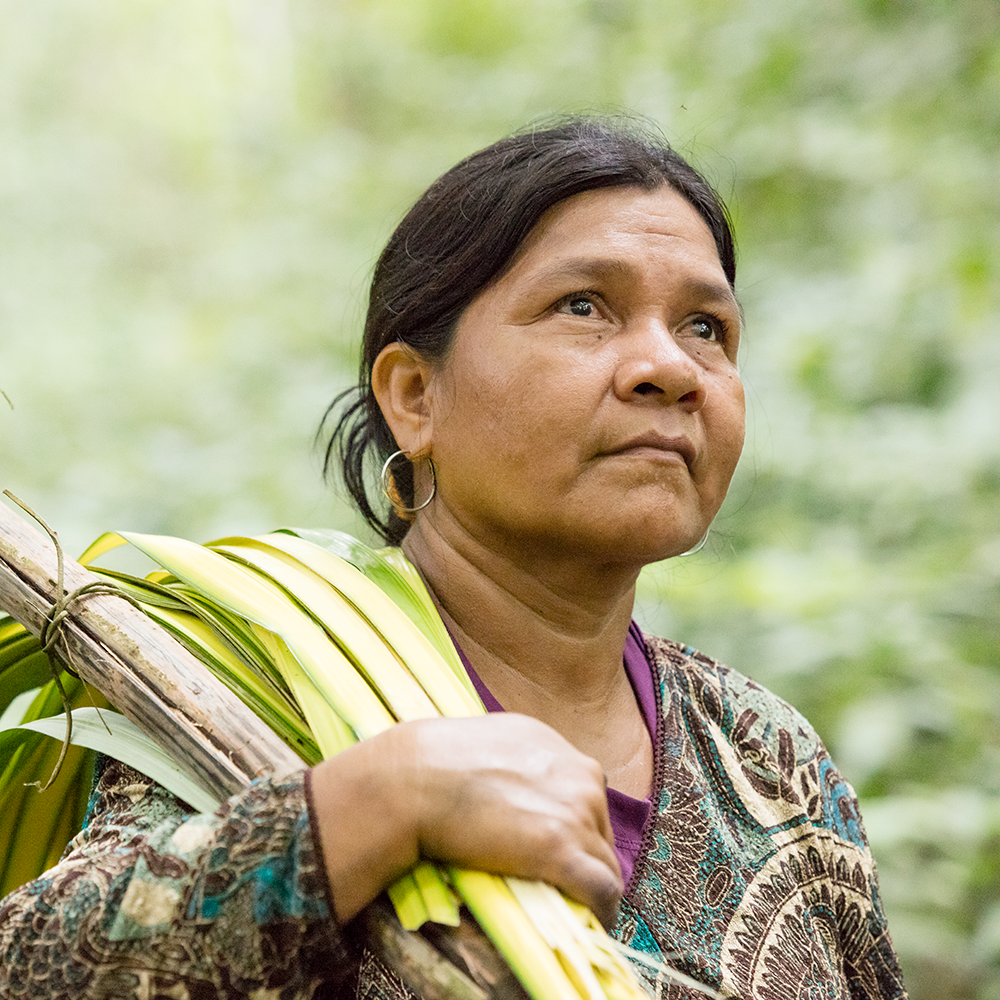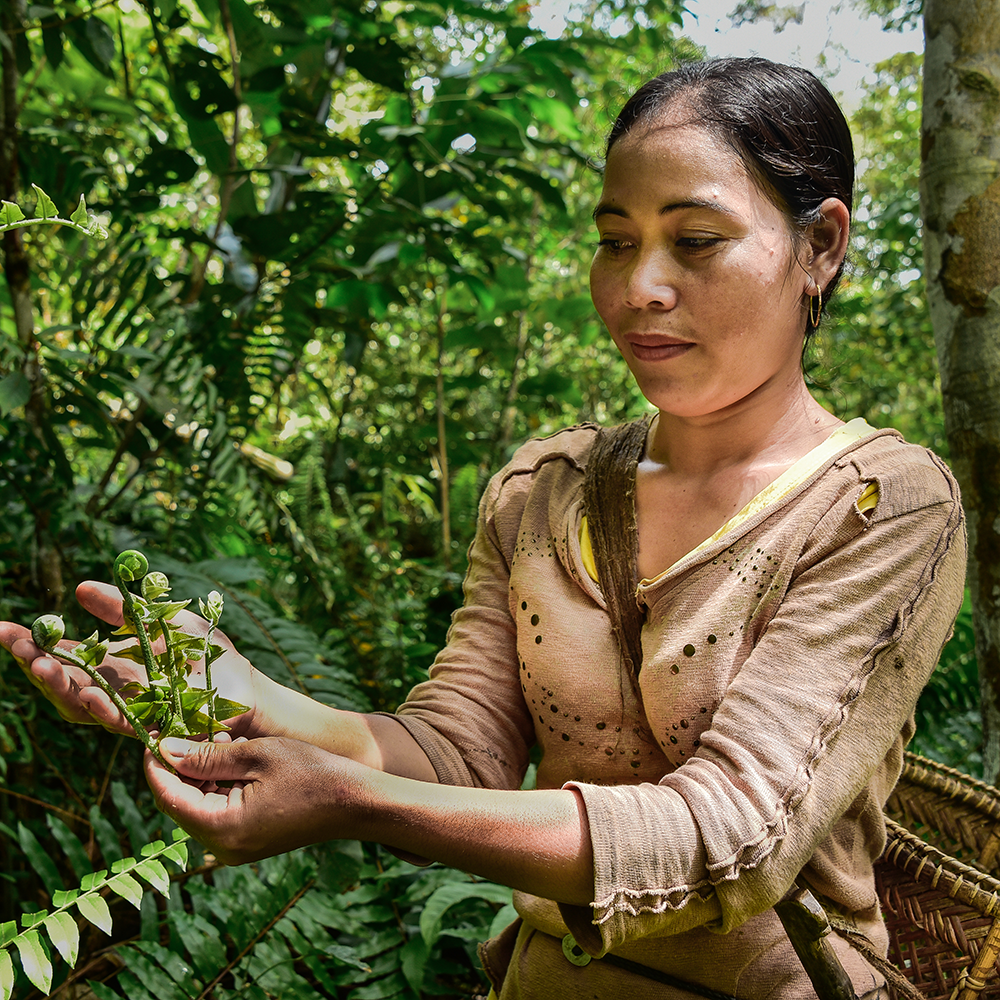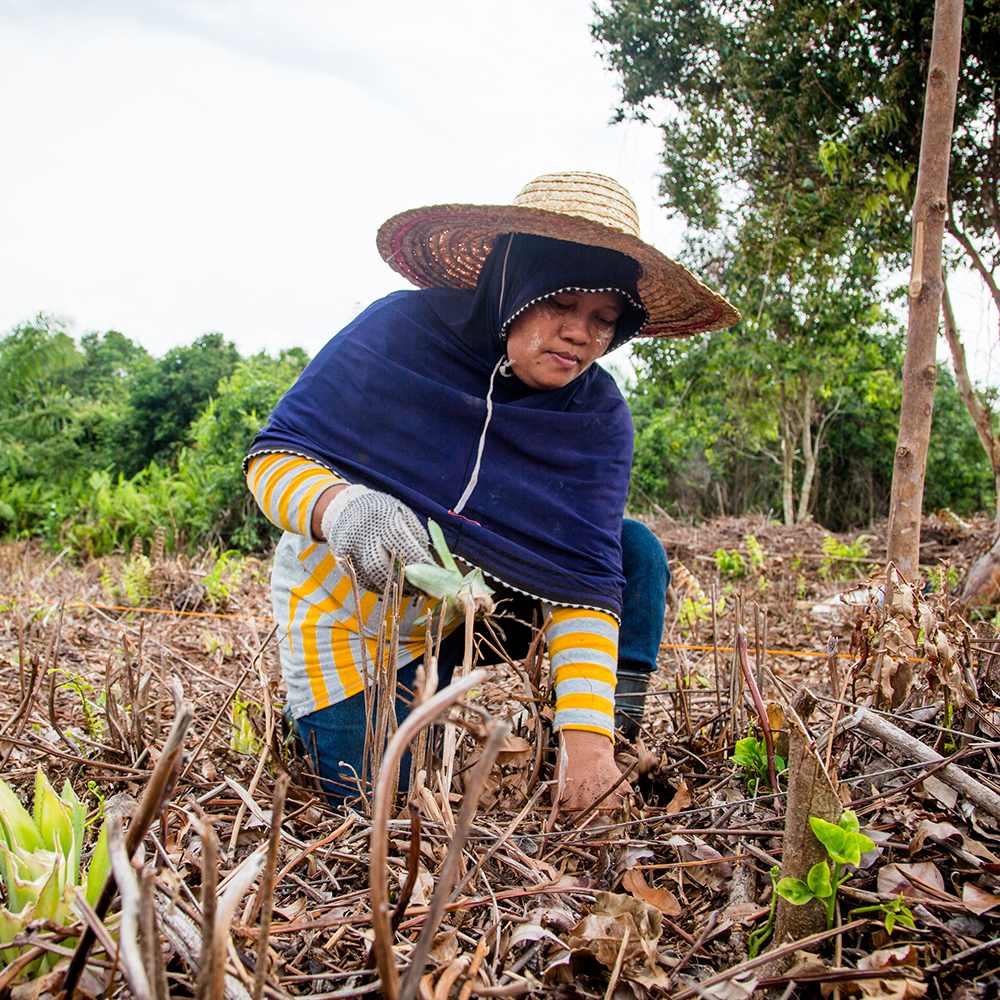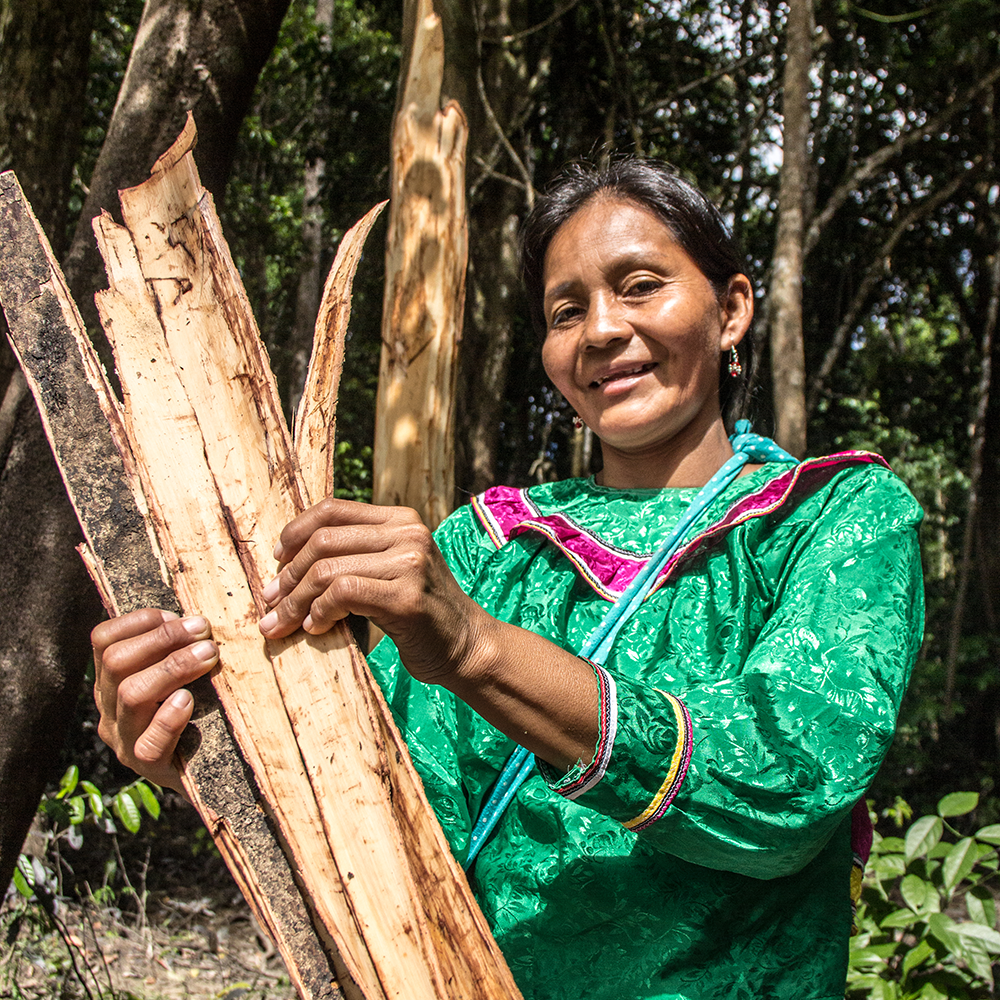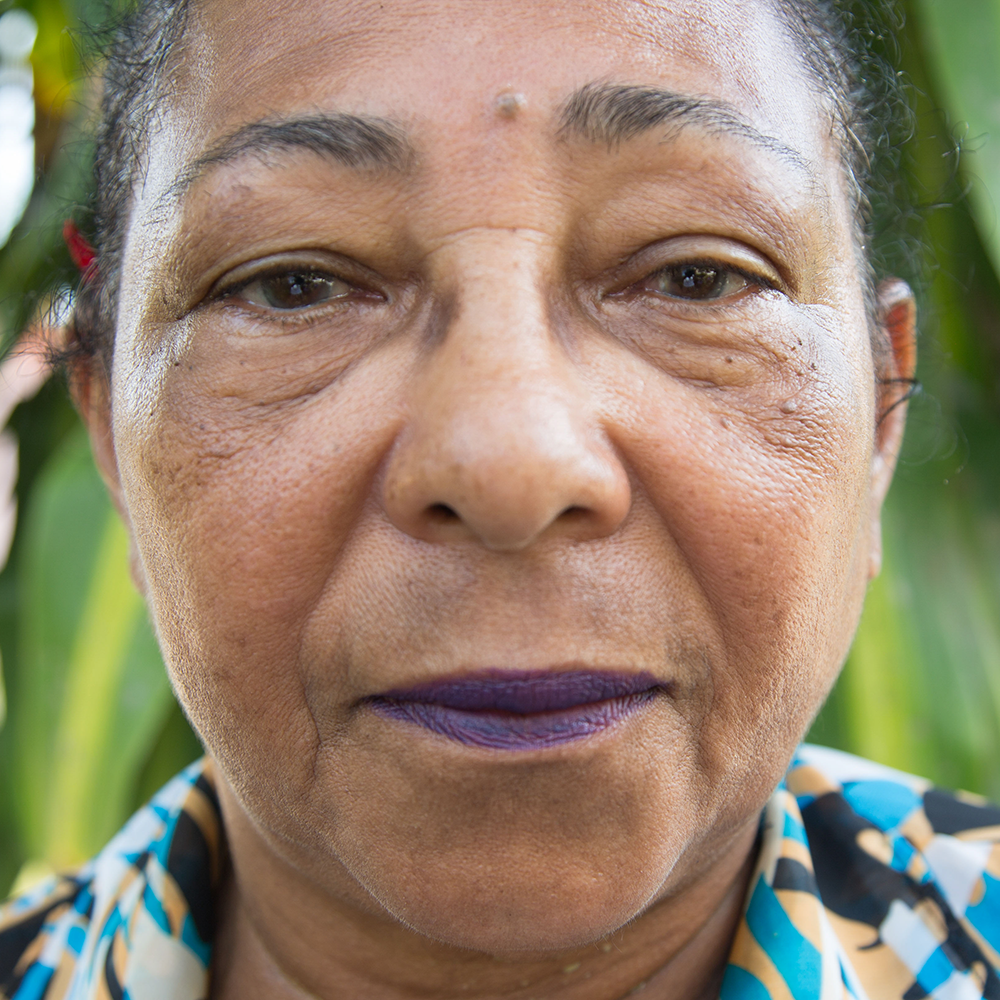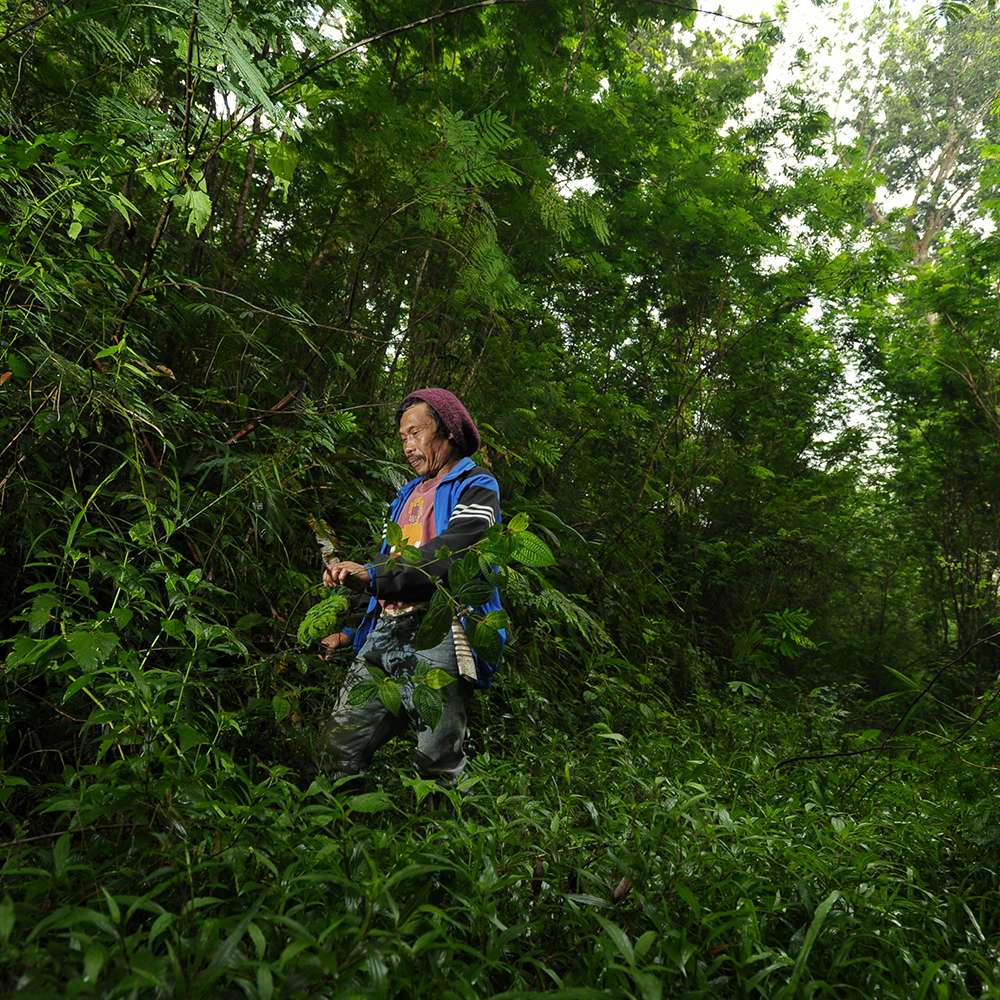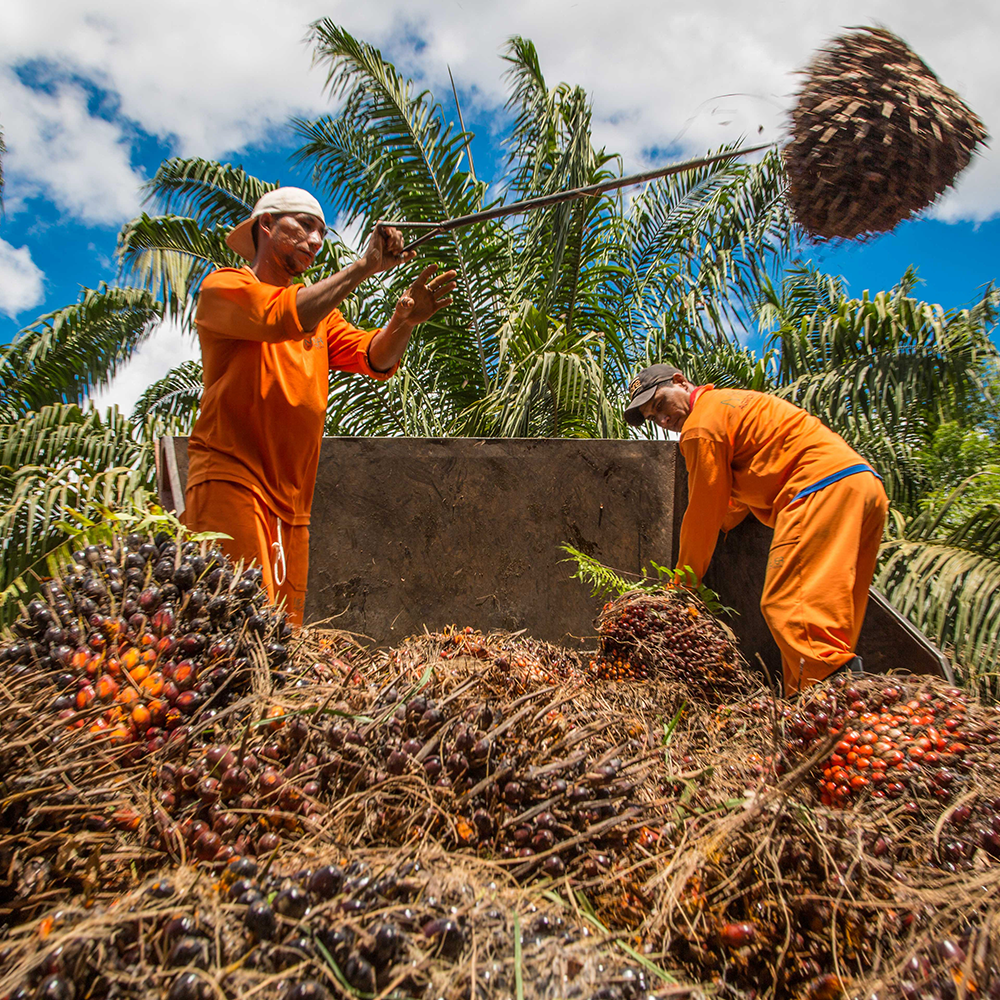“It is important to put life at the center of our attention as we’re not only talking about human life but the life of all the species living on the planet, all the ecosystems. Natural systems need to be considered as living systems and not just exploitable resources to satisfy the very specific needs of human consumption.”
Andrea Ixchiu, Indigenous Quiche, Guatemala
WHY
Forest protection is pandemic prevention. While the Covid-19 pandemic has brought this issue into greater prominence, the 1998-9 Nipah virus outbreak in Malaysia was a stark warning and, with under 300 deaths, a crisis barely averted. In the intervening years, research into pandemic prevention has shown clearly that:
- The expansion of deforestation and resource extraction frontiers vastly increases interactions between humans and our domestic animals and zoonotic disease vectors (especially bats);
- Unregulated commercial wildlife trade and markets provide fertile breeding ground for transmissive zoonotic viruses; and
- Livestock intensification, including industrial farming practices, leads to heightened risk of disease.
Environmental degradation and ecosystem collapse are undermining decades of gains in improved health and well-being, particularly for vulnerable populations. The millions of lives lost and trillions of dollars in economic losses associated with Covid-19 would likely have been prevented if a small fraction of that amount had been invested in halting deforestation and ending commercial wildlife trade. Deforestation frontiers are strongly associated with enhanced transmission of emerging and long-standing zoonotic diseases like malaria and other mosquito-borne illnesses and with forest fires which affect air quality and respiratory health.
Tackling the root causes of both zoonotic pandemics and fires requires a holistic approach across public health, land use, and climate change.
HOW FUNDERS CAN SUPPORT
- Fund and promote research and communications that draw attention to the connections between human and ecosystem health (i.e., ‘One Health’) and the relevance to pandemic prevention.
- Consolidate and package the evidence base of links between human, animal, and environmental health;
- Support effective ‘One Health’ awareness campaigns on the human-environmental health connection; and,
- Invest in the public health community’s research and understanding of links between ecosystem integrity, deforestation drivers, and human health.
- Catalyze development of a major multilateral pandemic prevention fund to channel billions of dollars annually toward pandemic prevention in key “source” regions.
- Invest in fire prevention and management programs to protect forests and public health.
- Support efforts to reduce animal meat and dairy consumption and reform industrialized agribusiness practices.
Related Resources
Climate & Forests 2030 Papers
- Human Health, Land Use, and Climate in a Changing World (Corvalan & Sena
